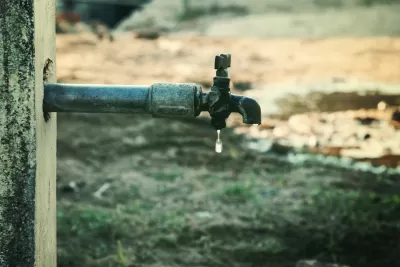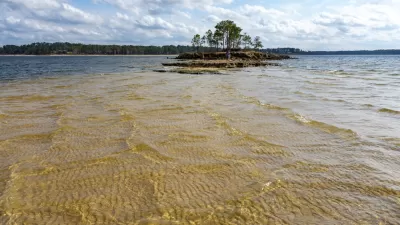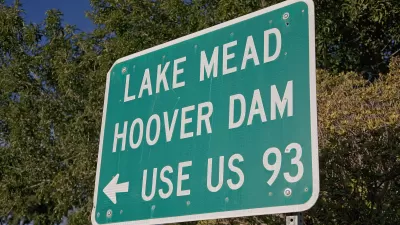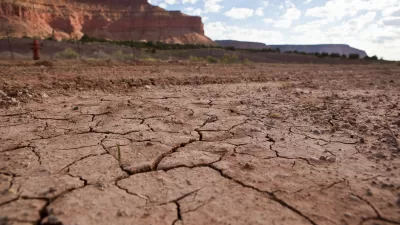It's time to recognize the interconnectedness of land use planning, water policy, and sustainability initiatives.

Although land use and water planning decisions have historically been made by separate agencies, the Water Foundation's Mike Myatt argues that more comprehensive, intersectional planning is crucial to developing sustainable and equitable policies for the future.
With water challenges facing more and more communities, many of them low-income and rural, an integrated framework is crucial for making policy decisions that address climate change, restore ecosystems, ensure safe and accessible drinking water, and create long-term employment that supports local economies. Supporting capacity-building and leadership training at all levels can "generate more democratic, responsive, and effective water institutions" and give a stronger voice to communities whose needs often go unheard.
A number of resources by researchers, advocates, and community groups share recommendations for adapting government decision-making to a more comprehensive model that takes into account climate change, environmental justice, and historical inequities in land and water policies. Recommendations include technical assistance in more languages, leadership building and investment in community organizations, and transparency that lets people understand the true effects of land use and water policies in their communities.
FULL STORY: Single-Issue Decisions Are Over. Let’s Bring Water and Land Back Together

Trump Administration Could Effectively End Housing Voucher Program
Federal officials are eyeing major cuts to the Section 8 program that helps millions of low-income households pay rent.

Planetizen Federal Action Tracker
A weekly monitor of how Trump’s orders and actions are impacting planners and planning in America.

Ken Jennings Launches Transit Web Series
The Jeopardy champ wants you to ride public transit.

Crime Continues to Drop on Philly, San Francisco Transit Systems
SEPTA and BART both saw significant declines in violent crime in the first quarter of 2025.

How South LA Green Spaces Power Community Health and Hope
Green spaces like South L.A. Wetlands Park are helping South Los Angeles residents promote healthy lifestyles, build community, and advocate for improvements that reflect local needs in historically underserved neighborhoods.

Sacramento Plans ‘Quick-Build’ Road Safety Projects
The city wants to accelerate small-scale safety improvements that use low-cost equipment to make an impact at dangerous intersections.
Urban Design for Planners 1: Software Tools
This six-course series explores essential urban design concepts using open source software and equips planners with the tools they need to participate fully in the urban design process.
Planning for Universal Design
Learn the tools for implementing Universal Design in planning regulations.
Heyer Gruel & Associates PA
Ada County Highway District
Institute for Housing and Urban Development Studies (IHS)
City of Grandview
Harvard GSD Executive Education
Toledo-Lucas County Plan Commissions
Salt Lake City
NYU Wagner Graduate School of Public Service





























